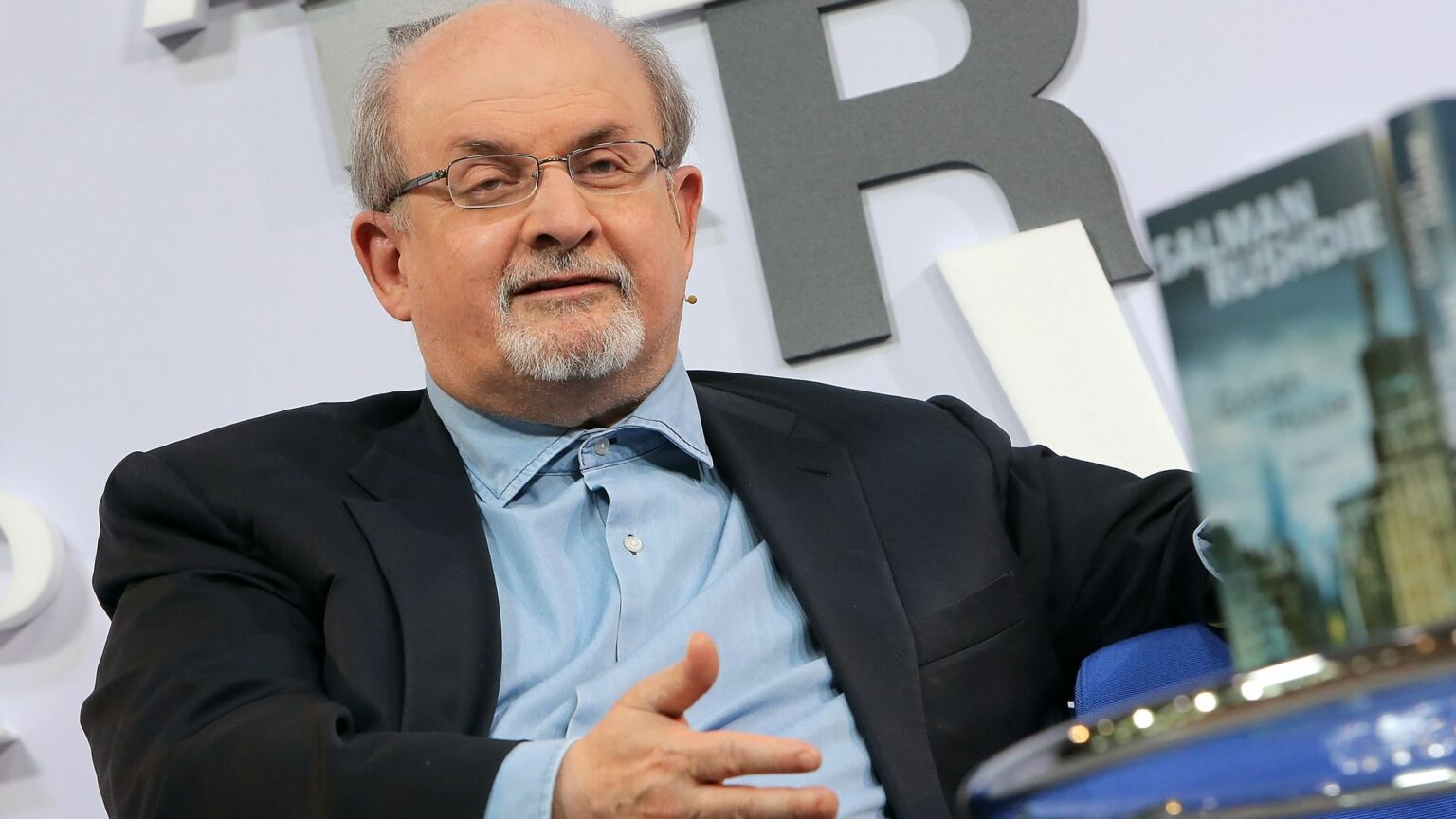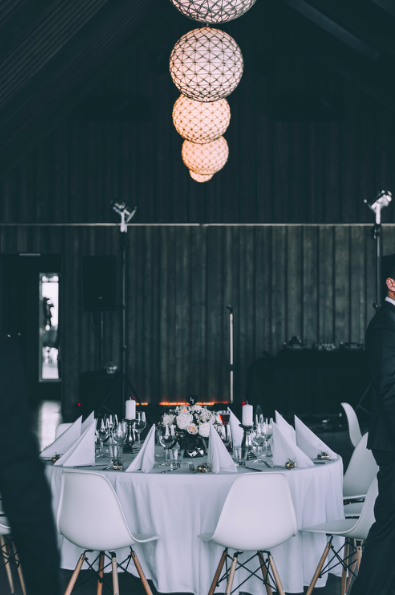Think about life after the Olympics
Courtesy
Jean Balthazard
Monday, 17 July, 2017 15:49
UPDATE
Monday, 17 July, 2017 15:54
Look at this article
Forty-one years to the day after the start of the olympic Games of Montreal, the olympic Stadium remains a controversial issue. The duo of visual artists Jean-Maxime Dufresne and Virginie Laganière think, however, that it is a case of “fascinating”, the ones who have been around the world to document the use of the venues after the sports competition.
The two artists present the exhibition Post-Olympics at the Maison de la culture Côte-des-Neiges at the moment. To set up this exhibition, they visited six locations where were held the olympic Games. They have proposed a first phase in 2014, which brought together the sites of Beijing, Athens, Sarajevo and Montreal.
Courtesy
The metropolis is one of the most complex cases that they studied because there is a strong historical context, according to the artist duo. “There is a fascinating story which can be seen spooling off through all the episodes of the olympic Stadium and around the perimeter of this infrastructure”, says Jean-Maxime Dufresne.
They worked on the famous cases, like the riot of 55,000 people during the performance of Metallica and Guns N’ Roses in 1992, or the use of the Stadium as a huge centre of immunization while the influenza A (H1N1) virus was raging in 2009. “The Stadium is the container of the crowd and when it starts to derail, it can go for the best as for the worst,” explains Jean-Maxime. The use of the Stadium will however beyond this function, which is the home of the masses, according to the duo. “Just the fact that people are skateboarding or parkour, it’s part of the ownership of this site”, he adds.
They have also explored the transformation of the velodrome in Montreal Biodôme, which has created a controversy at the time. “When you have a function that is granted to a structure, you try to keep it that way,” says Jean-Maxime. For them, the idea that the backbone of a velodrome can now be home to several ecosystems, provide a control of temperatures and become a support to life is fascinating.
Courtesy
One can see the snow on the Biodome so that it is more than twenty degrees inside.
The two artists have used photography, sound, video and installations, for example sculptures. They illustrate thus the narratives that are developed in Montreal, but also to other locations.
Suitable sample
Since the first four sites selected had “a certain kind of atmosphere, more dystopian, more difficult to address”, Virginie and Jean-Maxime has added a second phase (Munich and Tokyo) to offer a counterpoint to the sites most affected.
For them, it was important not to fall in the apology of the ruin. “Yes, there may be sites that appear to be more in a wait state, the latency, but there are other sites which are really more active as in Munich and Tokyo,” explains Jean-Maxime.
Courtesy
In Munich, as many older people that younger people are using the sites of the olympic Games. They can lead by following these ventilation pipes are colorful.
They present this second phase at this time, in Montreal, but their interest in this topic dates back to 2012. They were then to move to Barcelona, where was held the 1992 olympic Games and interested more broadly in the mégaévénements. “We had documented the fate of some sites, but the research is really focused in 2013”, says Jean-Maxime.
Even if they have seen many negative consequences resulting from the holding of the olympic Games, they do not seek to make a judgment. They leave the care to the spectators to make their own reading of the exhibit, on display until 19 August.
Virginie and Jean-Maxime does not count work on this topic in the near future. They leave when the door open to a future exhibition, but submitted in other forms of art.











